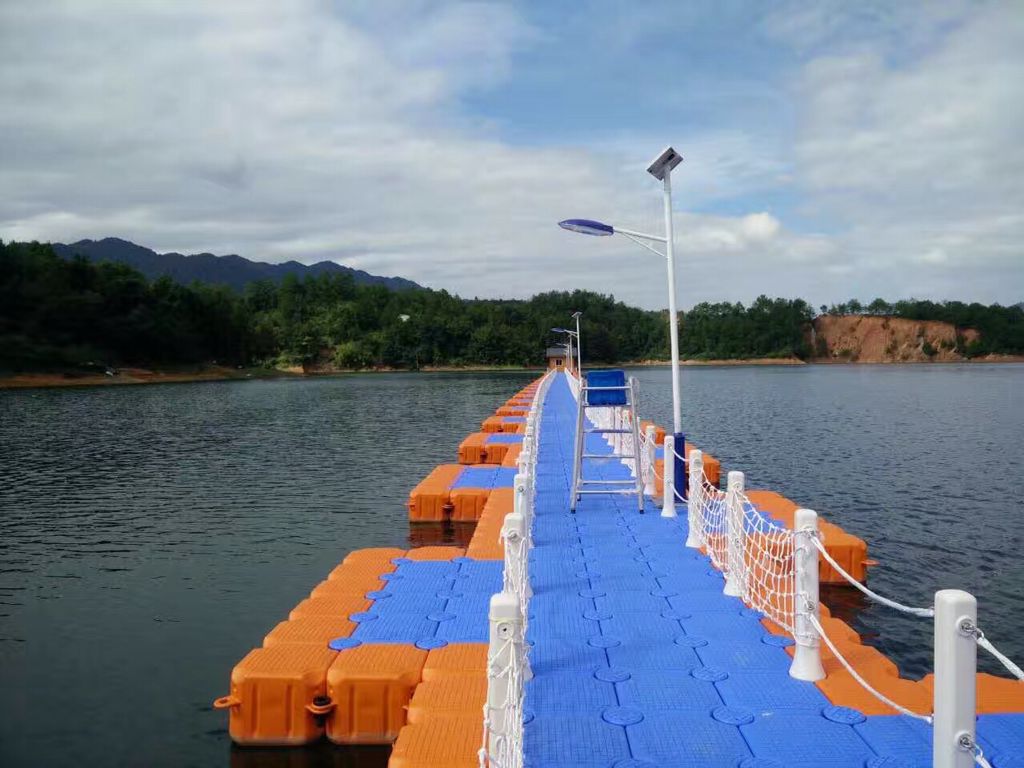Blogs
Why and How to inspect Floating docks

Inspecting floating docks is essential to ensure their safety, structural integrity, and functionality.
Here's why and how to inspect them:
Why inspect floating docks?
-
Safety: Regular inspections help identify any potential hazards or safety risks, such as loose bolts, deteriorating materials, or unstable structures.
-
Preventative Maintenance: Early detection of issues allows for timely repairs, preventing minor problems from escalating into major ones and extending the dock's lifespan.
-
Legal Compliance: Many jurisdictions have regulations mandating periodic inspections of docks, especially those open to public use, to ensure they meet safety standards.
-
Financial Savings: By addressing problems early, you can avoid costly repairs or replacements that may result from neglect or deferred maintenance.
How to inspect floating docks:
-
Visual Inspection: Start with a comprehensive visual inspection of the entire dock structure. Look for signs of wear and tear, corrosion, rust, cracks, or any other visible damage. Pay attention to connection points, joints, and hardware.
-
-
Check for Movement: Test the stability of the dock by walking along its surface and noting any excessive movement or bouncing. This can indicate issues with flotation devices, anchoring, or structural integrity.
-
-
Inspect Flotation Devices: Examine flotation elements such as pontoons or barrels for signs of damage, leaks, or displacement. Ensure they are securely attached and providing adequate buoyancy.
-
-
Inspect Decking and Surface: Check the condition of the decking material (wood, composite, concrete, etc.) for rot, splintering, or deterioration. Look for loose or missing boards and ensure the surface is even and free of obstacles.
-
-
Evaluate Hardware: Inspect all hardware, including bolts, screws, brackets, and connectors, for signs of corrosion, rust, or loosening. Tighten or replace any compromised hardware as necessary.
-
-
Check Accessibility Features: If the dock includes handrails, ladders, or other accessibility features, ensure they are securely attached and in good condition.
-
-
Electrical Systems (if applicable): If the dock has electrical components such as lighting or power outlets, inspect them for proper functionality, damage, and compliance with electrical codes.
CATEGORIES
LATEST NEWS
CONTACT US
Name: Jane Ng
Mobile:
Tel:+86 18819654250
Whatsapp:+86 18819654250
Email:jane@golddocks.com
Add:
